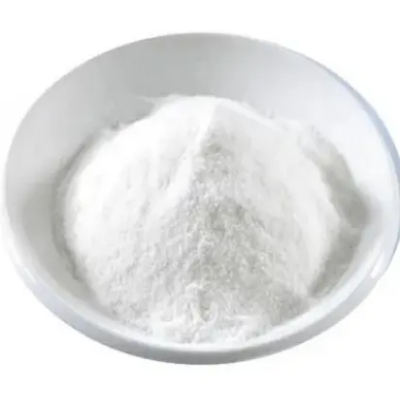1,1,1,3,3,3-Hexafluoro-2-propanol CAS:920-66-1
1,1,1,3,3,3-Hexafluoro-2-propanol (HFIP) is a versatile compound with distinctive chemical properties that make it essential in various industrial applications. Properties HFIP is characterized by its molecular structure, featuring a tertiary carbon linked to a hydroxyl group (-OH) and surrounded by six fluorine atoms. This arrangement imparts exceptional stability and a high degree of fluorination, contributing to its unique solvent properties. HFIP is a clear, colorless liquid with a boiling point of approximately 58°C and exhibits excellent solubility in both polar and non-polar solvents. Its strong hydrogen-bonding ability makes it an effective solvent for polar compounds, including proteins and nucleic acids, and enhances its utility as a stabilizer in formulations requiring inert and non-reactive environments. Uses Solvent in Organic Synthesis: HFIP is widely used as a solvent in organic chemistry, particularly for the dissolution and reaction of highly fluorinated compounds. Its ability to stabilize reactive intermediates and enhance reaction rates makes it invaluable in the synthesis of pharmaceuticals, agrochemicals, and specialty chemicals requiring precise control over reaction conditions. Polymer Chemistry: In polymer science, HFIP serves as a solvent for the dissolution and modification of fluorinated polymers, such as polytetrafluoroethylene (PTFE) and polyvinylidene fluoride (PVDF). It facilitates the processing of these materials into films, fibers, and coatings with enhanced durability and chemical resistance. Biomedical Applications: HFIP finds applications in biomedical research and pharmaceutical formulations due to its ability to dissolve proteins and peptides while maintaining their native structures. It is utilized in the preparation of biomaterials, drug delivery systems, and as a stabilizer in vaccines and diagnostic reagents. Synthesis HFIP can be synthesized by several methods, including the reaction of hexafluoropropylene with water under controlled conditions or the hydrolysis of hexafluoroacetone. The latter method involves the treatment of hexafluoroacetone with water and a suitable acid catalyst to produce HFIP as the main product. Purification techniques such as distillation or solvent extraction are employed to obtain HFIP in high purity suitable for industrial and laboratory applications. In summary, 1,1,1,3,3,3-hexafluoro-2-propanol is a versatile compound with significant applications in organic synthesis, polymer chemistry, and biomedical research. Its unique chemical properties, including high fluorination, strong hydrogen-bonding capability, and solvent effectiveness, enable its widespread use across diverse industrial sectors, contributing to advancements in materials science, pharmaceuticals, and chemical technologies.



| Composition | C3H2F6O |
| Assay | 99% |
| Appearance | white powder |
| CAS No. | 920-66-1 |
| Packing | Small and bulk |
| Shelf Life | 2 years |
| Storage | Store in cool and dry area |
| Certification | ISO. |


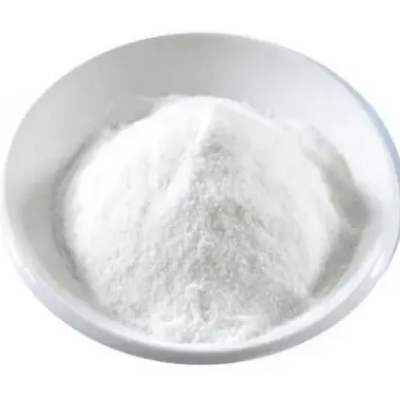

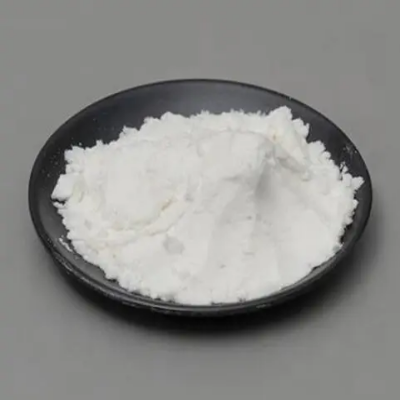
![(αS,3S)-α-[(tert-Butyloxycarbonyl)aMino]-2-oxo-3-pyrrolidinepropanoic acid Methyl Ester CAS:328086-60-8](https://cdn.globalso.com/xindaobiotech/14Z4YR3PJ6@V5_YM285.png)
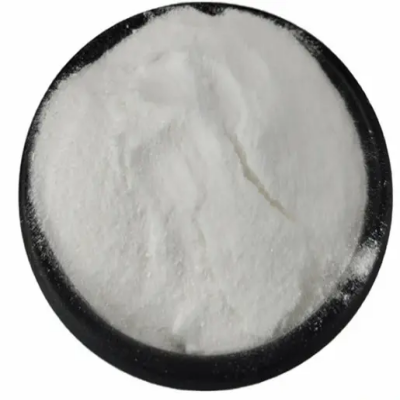
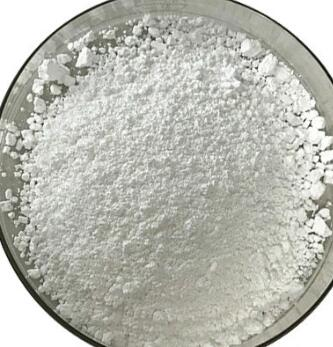
![2-Azabicyclo[2.2.1]hept-5-en-3-one CAS:49805-30-3](https://cdn.globalso.com/xindaobiotech/VYH6FUCIIBE_I7B6OOPY333.png)
